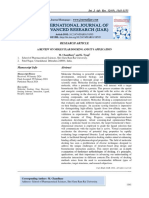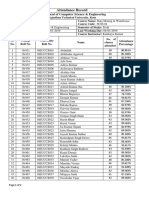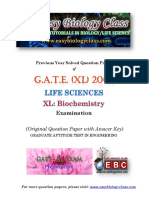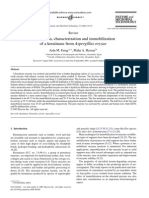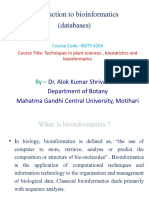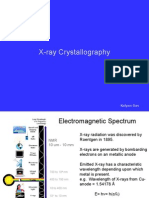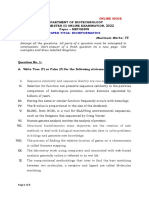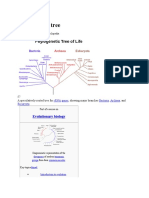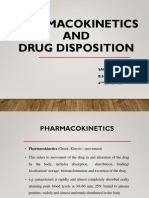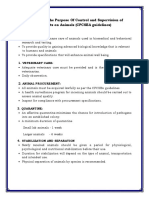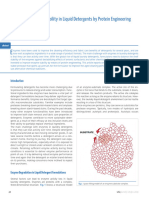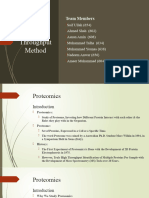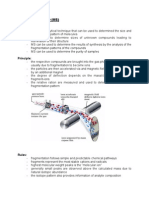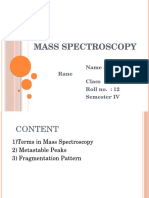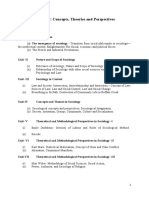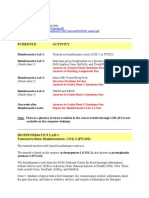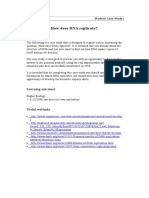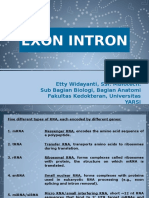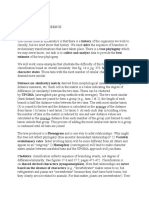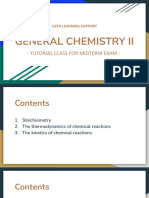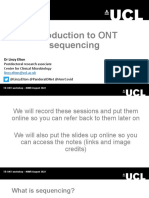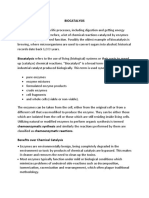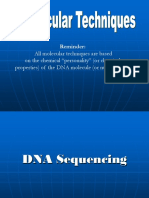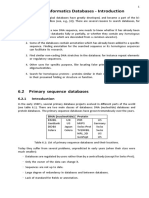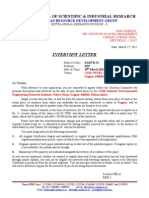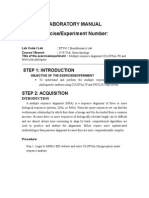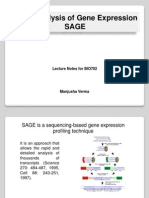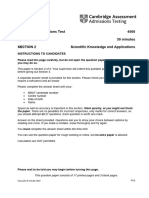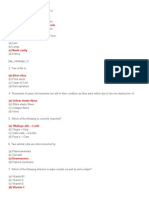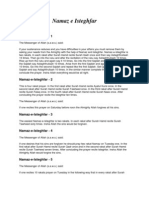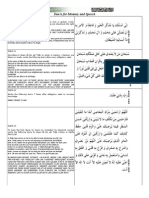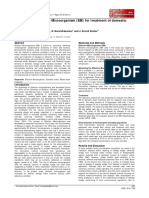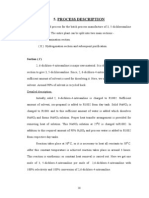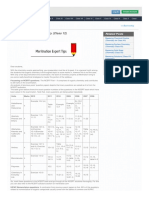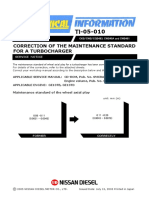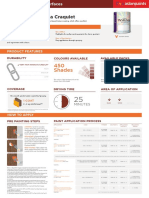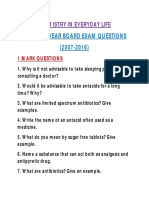0% found this document useful (0 votes)
279 views3 pagesBINC Exam Sample Paper: Bioinformatics & Sciences
The document contains sample questions for a biotechnology exam covering topics in bioinformatics, biology, physical and chemical sciences, and information technology.
The bioinformatics section asks about sensitivity and specificity in BLAST, the meaning of an E-value in BLAST, and the differences between BLAST and PSI-BLAST. The biology section asks about differences between vesicles destined for lysosomes versus the plasma membrane, and calculates probabilities related to genetic disorders. The physical and chemical sciences section covers topics like peptide bonds, dipole moments, van der Waals forces, acid-base chemistry, and solving equations. The IT section provides programming problems to compute the transpose of a matrix and check if a matrix is symmetric.
Uploaded by
Muhammed Irfan Ali KCopyright
© Attribution Non-Commercial (BY-NC)
We take content rights seriously. If you suspect this is your content, claim it here.
Available Formats
Download as PDF, TXT or read online on Scribd
0% found this document useful (0 votes)
279 views3 pagesBINC Exam Sample Paper: Bioinformatics & Sciences
The document contains sample questions for a biotechnology exam covering topics in bioinformatics, biology, physical and chemical sciences, and information technology.
The bioinformatics section asks about sensitivity and specificity in BLAST, the meaning of an E-value in BLAST, and the differences between BLAST and PSI-BLAST. The biology section asks about differences between vesicles destined for lysosomes versus the plasma membrane, and calculates probabilities related to genetic disorders. The physical and chemical sciences section covers topics like peptide bonds, dipole moments, van der Waals forces, acid-base chemistry, and solving equations. The IT section provides programming problems to compute the transpose of a matrix and check if a matrix is symmetric.
Uploaded by
Muhammed Irfan Ali KCopyright
© Attribution Non-Commercial (BY-NC)
We take content rights seriously. If you suspect this is your content, claim it here.
Available Formats
Download as PDF, TXT or read online on Scribd
/ 3

